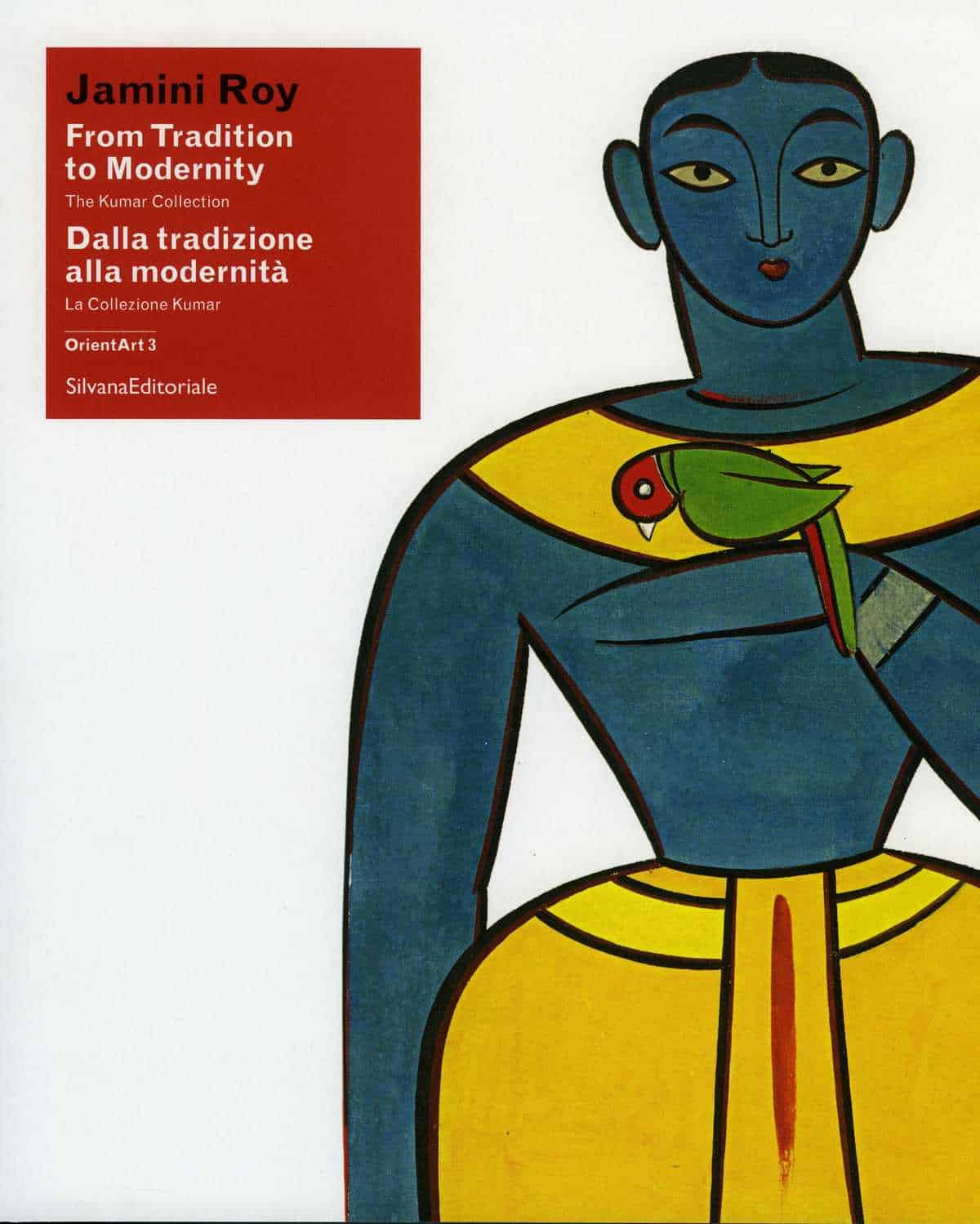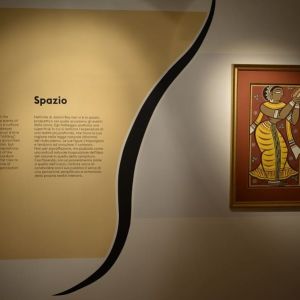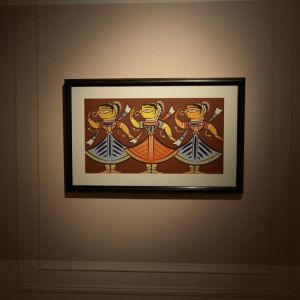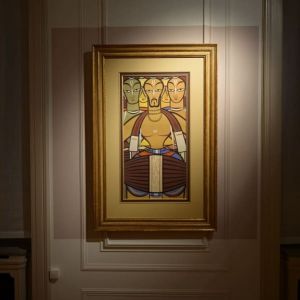HELENEUM – LUGANO
The exhibition was presented in Lugano as a preview for Europe. It is dedicated to Bengali artist Jamini Roy, who received the State Award of Padma Bhushan from the government of India in 1955 and is considered by international critics to be India’s Matisse for his works inspired by both traditional Indian art and contemporary Western avant-garde art. The source of the works is the Kumar Collection, which spans the artist’s entire output, from his early sketches in the 1920s to his last canvases from the late 1960s. Considered the largest collection outside India, and for the first time the subject of a critical catalogue, it belongs to the Indian entrepreneur, marketing teacher and collector Nirmalya Kumar who, for over ten years, has been studying the figure of Jamini Roy, purchasing his works and showing them to the public with the intention of safeguarding the characteristics of a millenary culture and promoting the diffusion of contemporary Indian art among art experts and the international public. The exhibition was conceived, designed and realised by MUSEC and curated by Caterina Corni in collaboration with Alessia Borellini. The exhibition features 70 masterpieces (oils on canvas, tempera on paper, gouaches on paper and on linen) created by the artist over the course of his career and flanked by around 30 sculptures in wood from the 17th-19th centuries portraying some of the protagonists of Hindu mythology and folklore, from the collections of the Museo delle Culture, the Ethnographic Museum of the University of Zurich and other private collections. Enriching the exhibition is a selection of photographs of ‘Minor India’ from the famous 1930 reportage by Walter Bosshard (1892-1975), the photographer responsible for constructing the image and creating the ‘icon’ of Mahatma Gandhi.

Biography of the artist
Jamini Roy was born on 15 April 1887, in Beliatore, a Bengali village 180 km north-west of Calcutta. The artist’s path was determined by his enrolment, at the age of just 16, in the Government College of Art and Craft in Calcutta, led by the enlightened English art historian Ernest Binfield Havell (1861-1934) and by Abanindranath Tagore (1871-1951), a leading figure in the birth and development of the movement known as the Bengal School, a current that combined a profound awareness of the value of Indian culture with Western artistic language. In a climate of great creative ferment, Jamini Roy thus began the process of shaping what would later become his poetics and distinctive style that would make him famous throughout the world and one of the most celebrated and honoured artists in India. The initial works, steeped in the European avant-garde, which he made interact, even ideologically, with the different artistic languages of millenary Indian art, were to be followed by a constant evolution of his technique, always characterised by a particular attention to the simplification and essentiality of lines and the use of supports and materials increasingly in tune with nature. Jamini Roy died in Calcutta on 24 April 1972 at the age of 85.
The OrientArt project aims to present the relationship between contemporary art from Asia and Oceania and the ideological and cultural context in which it moves. The main perspectives of the investigation are two: the first intends to highlight the ideological interactions of the work of one or more artists with the traditions within which the different languages have developed; the second intends to explore the constituent elements of the contemporary imaginary and their transfiguration in the reasons for creativity, regardless of the genres of art with which it manifests itself.





